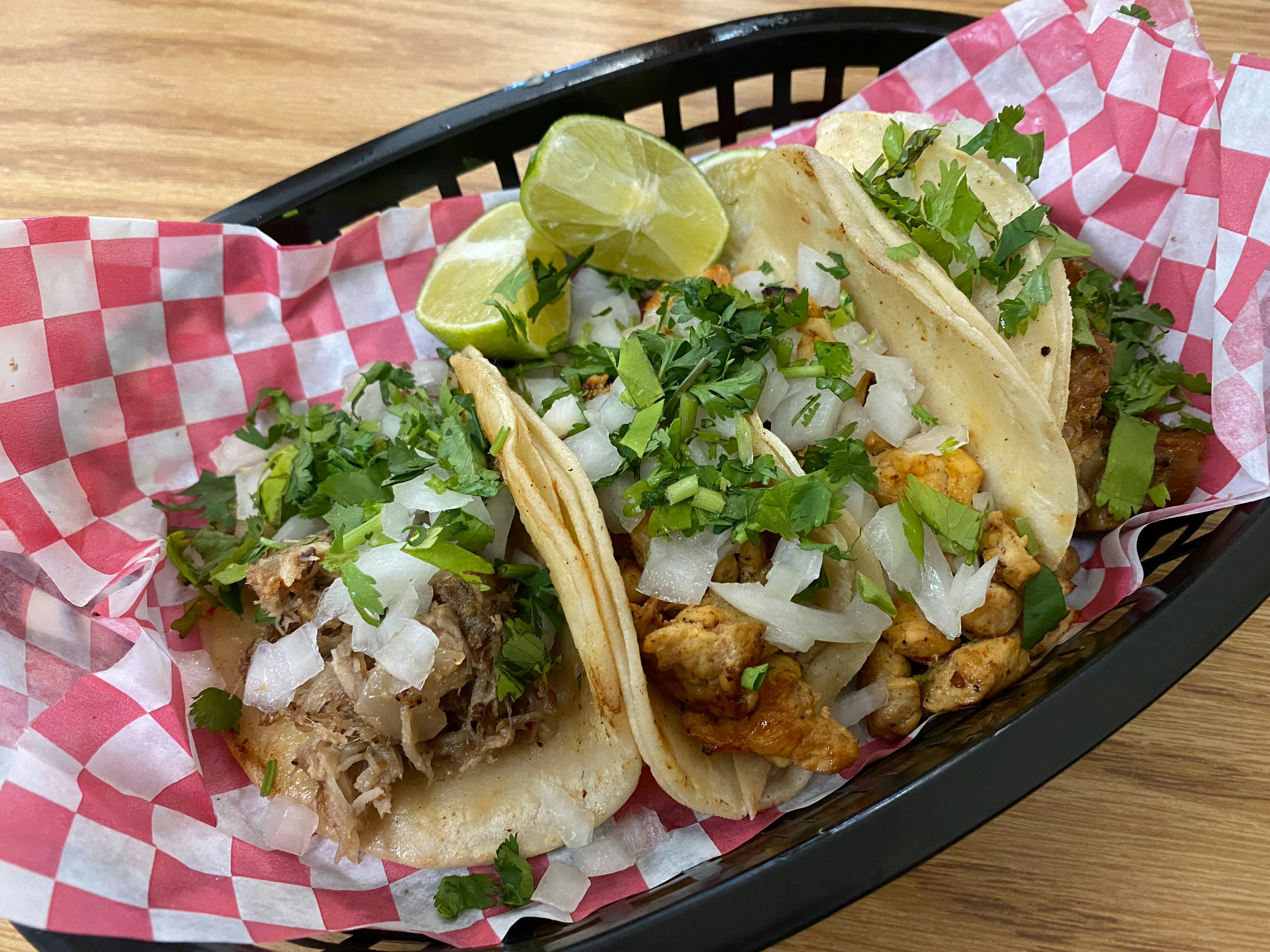Interactive Food Installations Guests Actually Line Up For

As 2025 unfolds, event planners are pushing the envelope: more participatory stations, more sensory play, more flavor walls, more ways to make eating a highlight rather than a gap between speeches. If you want your next event’s food to be something people line up for, not just stand around listlessly, here are ideas & trends to steal.
Why Interactive Stations Are Having Their Moment
A few event food trends make interactive stations especially powerful right now:
-
- Guests want choice. Customization (DIY bars, build-your-own, etc.) gives autonomy and makes eating fun.
- Immersive and experience-driven catering is rising. It’s not enough that something tastes good. It should look, smell, feel, even perform.
- Sustainability & local sourcing: guests appreciate that their food moments are also ethical and environmentally thoughtful. Local farms, seasonal produce, reducing waste are all part of what makes an installation feel “premium” now.
- Dietary diversity is expected. Stations are more inclusive (vegan, keto, allergen-safe) when they are part of the experience rather than afterthoughts.
These shifts mean that interactive food isn’t a gimmick anymore. It’s central to how people judge whether an event “got it right.”
Types of Installations Guests Actually Love
Here are creative food station ideas that are trending in 2025-26 and are showing up in the kinds of events that get buzzed about afterward.
Build-Your-Own Bars
These are classic, for a reason. Let guests build their own: tacos, poke bowls, pasta, even mocktails. What makes them pop is layering: multiple toppings, sauces, textures. Let them personalize. Let them mix global flavors. Guests enjoy being chefs for a minute.
Live Action Chef Stations
Seeing is believing. Guests line up when a chef is tossing pasta, flame-searing meat, or rolling sushi in front of them. It’s part performance, part anticipation. Watching elevates the food taste in people’s minds even before first bite.
Dessert Experiences & Dramatic Finishes
Dessert doesn’t just close the meal. When designed well, it can raise the roof. Think “smash” desserts where guests break through sugar glass, ice cream carts with elaborate toppings, or dessert bars with edible flowers and seasonal fruit. Presentation and theatrics matter.
Global Fusion & Flavor Walls
Walls or installations where different flavor pods are arrayed: spicy, sweet, sour, umami. Guests move along, sample small bites, combining flavors. Also stations themed around cuisines: say Korean-Mexican tacos, or Mediterranean-Asian tapas. Those flavor walls are photo magnets and conversation triggers.
Beverage Experiences
Mocktail or cocktail stations with flair. Zero-proof has stepped up: botanical infusions, adaptogens, exotic teas paired with bubbles. Also beverage pairings (snacks matched with craft mocktails or wines). Guests enjoy tracing flavor profiles, which opens up food & drink conversation in unexpected ways.
Comfort Elevated
Comfort food with luxury touches hit the mark. We’re talking mini wagyu sliders, truffle-infused mac n’ cheese, and elevated grilled cheese made with artisanal cheeses. These feel familiar but surprise with refinement. Guests love nostalgia polished.
Designing Installations Guests Will Queue For
Ideas are only half the battle. Execution decides whether people will actually line up (rather than just glance and move on). Here are what separates installations that buzz from ones that flop.
-
- Flow & Visibility: Place stations in sightlines where people congregate, such as near entrances and along paths people take anyway. They should be obvious. If a station feels hidden, it won’t get the love it deserves.
- Theatrics & Surprise: Use smoke, fire, ice, or sound. A flame-kissed station or tableside flambé. A wall of dry ice behind the dessert bar. Even unusual utensils or plating. Surprise heightens anticipation.
- Interactivity: Let guests engage. Let them assemble, garnish, pick. Even better when guests can see their contribution or decision influencing how their food looks or tastes.
- Visuals & Style: It’s not just what’s served. It’s how. You want props, lighting, signage, and unique décor around the station. Use seasonal décor, local art, and unexpected textures.
- Pacing & Timing: Stations that open too late or close too early make guests hangry. Opening a dessert station before the end of main course or a late-night bite right when people are ready for it keeps the ball rolling.
- Inclusive Options: Include enough variety for dietary preferences. Don’t forget Vegan, gluten-free, and other allergen conscious fare. If someone feels left out at the food station, it spills into their whole perception of the event.
- Sustainability: Keep the event green with compostable serveware, less waste, and local sourcing. It not only displays good values, but it’s something guests notice and appreciate (especially in places like NYC where consciousness is high).
- Flow & Visibility: Place stations in sightlines where people congregate, such as near entrances and along paths people take anyway. They should be obvious. If a station feels hidden, it won’t get the love it deserves.
Ideas Inspired by 2025-Trends That Feel Fresh
Here are sample installations combining trends that are getting love:
-
- A “Zero-Waste Global Street” station with small street-food stalls, each representing a cuisine with local ingredients, compostable containers, and decor that reflects each locale.
- Interactive dessert “smash-and-splendor”: guest picks sugar shell, mallet, and reveals dessert inside. Dramatic, fun, cute in photos.
- Comfort Fusion Bar: think mac & cheese but with elevated toppings (truffles, Asian spices), sliders with global sauces, mashed potato bar with toppings from spicy chimichurri to garlicky kale.
- Botanical Beverage Lab: mocktails or tea infusions with botanicals, herbs, edible flowers, with mix-your-own garnish stations. Combine with flavor pairings (bite + sip) for texture, color.
- Seafood & Raw Experience: oyster bars, ceviche stations, sushi rolling. Freshness, chilled display, visual drama with ice, lighting, garnishes.
- Late-Night Bite Stations: mini tacos, tiny pizzas, gourmet fries served from carts, or street food inspired bites that are easy to carry, share, and graze on as guests mingle.
Real Examples & What Can Go Wrong
Because some installations are legendary and others are messy, here’s how not to be messy.
Example 1: At a corporate retreat, a live sashimi station drew huge lines. But because it was placed far from entrances, people missed it and the queue congestion disrupted flow. If it had been more visible earlier, it would have sustained energy throughout the event.
Example 2: At a wedding, the “smash dessert” moment was breathtaking, but the staff ran out of sugar shells halfway through. Guests who missed it felt left out. Always over-order for specialty stations, especially novelty ones.
Example 3: A vegan fusion bar for a product launch nailed inclusivity and flavor. But the plating was minimal and lacked décor so images looked flat on social media. Looks matter in food stations: aesthetics drive both guest delight and post-event buzz.
Why These Installations Boost ROI
These aren’t just fancy add-ons. Interactive food installations change the numbers:
-
- They increase dwell time. Guests linger near stations, talk, explore. More dwell = more time in your space.
- They boost social media. Photo-worthy stations get shared. That’s free promotion, if you set up lighting and visuals that photograph well.
- They differentiate your event. In markets like NYC, everyone does corporate dinners; fewer do immersive food expression. Stand out.
- They improve guest satisfaction. When people feel engaged, included, delighted—they remember your event. They talk about it. They come back.
Bringing It Into Your Next Event
If you want to build a food installation people will line up for, here’s a rough playbook:
-
- Start with theme + story. Let food stations align with event’s story. Is it global? Nostalgic? Sustainability-first?
- Sketch guest flow. Identify high-traffic spots. Avoid congested corners. Ensure staff access to restock without disturbing guests standing.
- Prioritize sensory delight. Use lighting, scent, sound, and even small things, like elemental scents of citrus, herbs, smoke; lighting that highlights the station; music cues if it’s dramatic.
- Budget for novelty. Props, décor, specialty ingredients cost more. Decide which station(s) are your “wow” moments and lean into those.
- Collaborate closely with vendors/caterers. They’ll help with logistics of heat, refrigeration, speed, staffing.
- Plan for miss-steps. Have extra ingredients. Staff backup. Backup station spacing.
The Line from Trend to Spark
Trends move fast. But the ideas that stick are those that feel immediate and personal. Interactive stations are about more than food. They’re about connection. Flavor discovery. Telling a story. Inviting guests into design, not just serving them.
See the Installations Live
To see all of this in practice, The Event Planner Expo 2025 in October is the place. You’ll walk among setups, vendors, designers who built installations that had lines. Hear how they solved for flow, visual drama, and guest delight.
Bring your team. Go All Access. See Daymond John speak on branding & experience. Make your next event the one people queue for even before the doors open. Get Expo tickets now.
